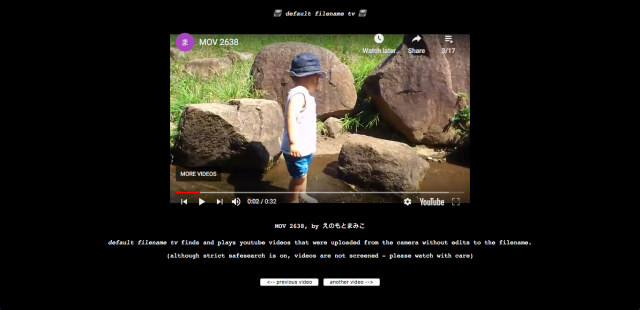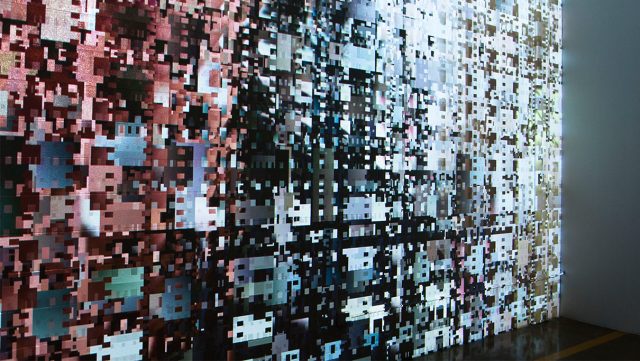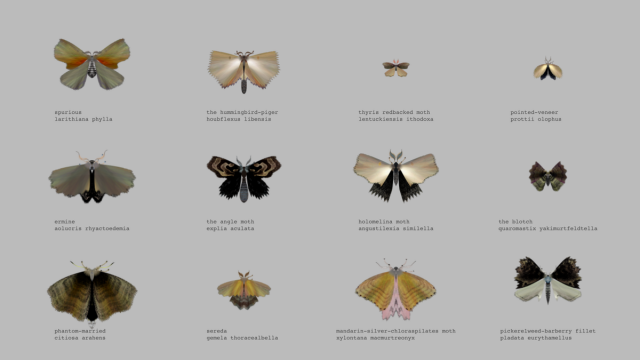 ‘My Boyfriend Came Back from the War’ was one of the first pieces of real net art that I ever encountered. It was a piece that introduced me to the idea of using net art to convey abstract experiences where each page could help convey a narrative, it is one of the reasons why I find this piece so fascinating.
‘My Boyfriend Came Back from the War’ was one of the first pieces of real net art that I ever encountered. It was a piece that introduced me to the idea of using net art to convey abstract experiences where each page could help convey a narrative, it is one of the reasons why I find this piece so fascinating.
This piece was made in 1996 by Olia Lialina as a hypertext non-linear narrative, she describes this work as a sort of “net film”. The story centers around a couple who were separated during a war, neither the couple nor the war are named, the piece it self focuses a lot more on the emotion of a disjointed narrative. ‘My Boyfriend Came Back from the War’ was made during the early web (back in the netscape days) and didn’t use much more than images, links and text. However it has a massive legacy in how it impacted net art, many artists making various remixes and adaptations of it.







